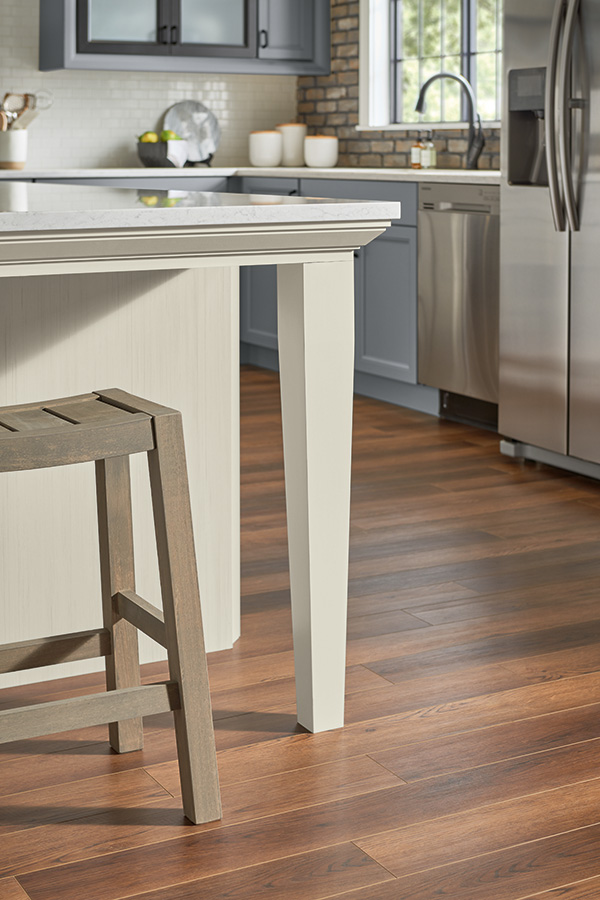Change Your Kitchen's Look with One-of-a-kind Legs For Kitchen Island Accessories
Important Elements to Consider When Selecting Legs For Cooking Area Island
Picking the proper legs for a kitchen island includes a mindful assessment of several factors that can substantially influence both performance and visual appeal. As we check out these components, it ends up being clear that each choice can have far-reaching ramifications for the total kitchen experience.
Material Options
When choosing legs for a cooking area island, understanding the different product options is necessary for attaining both aesthetic charm and architectural honesty (Legs For Kitchen Island). The choice of material substantially affects not just the resilience of the island however additionally its total design and performance
Timber is a preferred selection, offering warmth and adaptability. Strong woods, such as oak or maple, offer stamina and can be tarnished or repainted to match the cooking area decor. Metal legs, typically made from stainless-steel or functioned iron, add a modern-day and commercial feeling while ensuring resilience and stability. These materials are resistant to wear and can support substantial weight, making them optimal for larger islands.
Another alternative is crafted materials, like MDF or plywood, which can be much more affordable while still offering a variety of coatings. They may not provide the very same degree of stability as solid timber or metal. Legs For Kitchen Island. Lastly, products such as acrylic or glass can produce a contemporary appearance, though they might require added assistance to make sure stability.
Eventually, the selection of product for kitchen island legs need to line up with the desired capability and the general motif of the kitchen area.
Design And Style

When taking into consideration design, the form and coating of the legs are crucial. Tapered legs can offer a sense of lightness and beauty, while thicker, much more robust legs can convey strength and stability. Additionally, the finish-- be it repainted, tarnished, or all-natural-- must match the cabinets and counter top materials to create a unified appearance.
In addition, the layout of the legs can likewise show personal taste. Personalized or attractive legs, such as those including elaborate carvings or unique geometric forms, can act as focal points, adding personality and character to the kitchen area. Ultimately, the right selection will certainly not only boost capability however also boost the aesthetic appeal, making the cooking area island a standout function of the home.
Height Factors To Consider
Selecting the suitable elevation for kitchen area island legs is important, as it directly affects both performance and convenience. The common height for a cooking area island normally ranges from 36 to 42 inches, straightening with common kitchen counter heights. A 36-inch elevation is suitable for food preparation and food preparation, permitting comfy use of cooking area home appliances and devices. On the other hand, an elevation of 42 inches blog is typically preferred for islands meant for bar seats, accommodating taller stools and providing a casual eating experience.

It is additionally important to represent users' elevations and preferences. Customizing the elevation can guarantee a comfy experience for all household members, making the cooking area island a much more enjoyable and practical area.
Weight Assistance
Making sure adequate weight assistance for kitchen island legs is essential for both safety and capability. The kitchen area island usually serves numerous functions, consisting of cooking, eating, and additional storage space, demanding a robust assistance structure. When choosing legs, it is crucial to think about the total weight capacity needed based upon the island's intended usage and the products that will be put on it.
The selection of material for the legs plays a considerable duty in their weight-bearing capabilities. Strong timber, metal, and durable compounds generally offer remarkable strength compared to lighter materials. In addition, the layout of the legs-- whether they are straight, tapered, or have a pedestal type-- can affect their capacity to disperse weight efficiently across the framework.
Constantly get in touch with the supplier's specifications regarding load restrictions to make certain that the legs can sustain the designated weight without endangering safety and security. In recap, selecting kitchen area island legs with sufficient weight support is necessary for developing a secure and practical culinary room.
Setup and Maintenance
Appropriate setup and upkeep of kitchen island legs are crucial for ensuring longevity and stability. This typically entails protecting the legs to the island base using appropriate bolts, guaranteeing that the legs are degree and aligned.
When set up, regular maintenance is necessary to maintain the important link honesty and look of the legs - Legs For Kitchen Island. For wooden legs, periodic cleaning with a damp fabric and application of appropriate wood polish can prevent moisture damage and preserve their coating. Metal legs may call for this article a gentle cleaning remedy to get rid of grease and gunk, followed by a completely dry towel to avoid corrosion development
In addition, evaluate the legs frequently for signs of wear or damage, such as splits or loose joints. Tightening screws or screws as required can likewise prolong the life-span of the legs. By adhering to these installment and maintenance methods, property owners can guarantee that their cooking area island stays durable and visually appealing for several years to find.
Verdict

Visual comprehensibility is paramount in picking the style and design of legs for a cooking area island, as these aspects greatly influence the overall setting of the room. Conical legs can supply a feeling of lightness and style, while thicker, a lot more robust legs can share toughness and stability.Picking the ideal height for kitchen island legs is essential, as it straight influences both performance and convenience. In recap, picking kitchen island legs with adequate weight assistance is necessary for creating a safe and functional culinary space.
In conclusion, selecting legs for a cooking area island demands mindful consideration of numerous variables, including material alternatives, style, elevation, weight assistance, and installment.